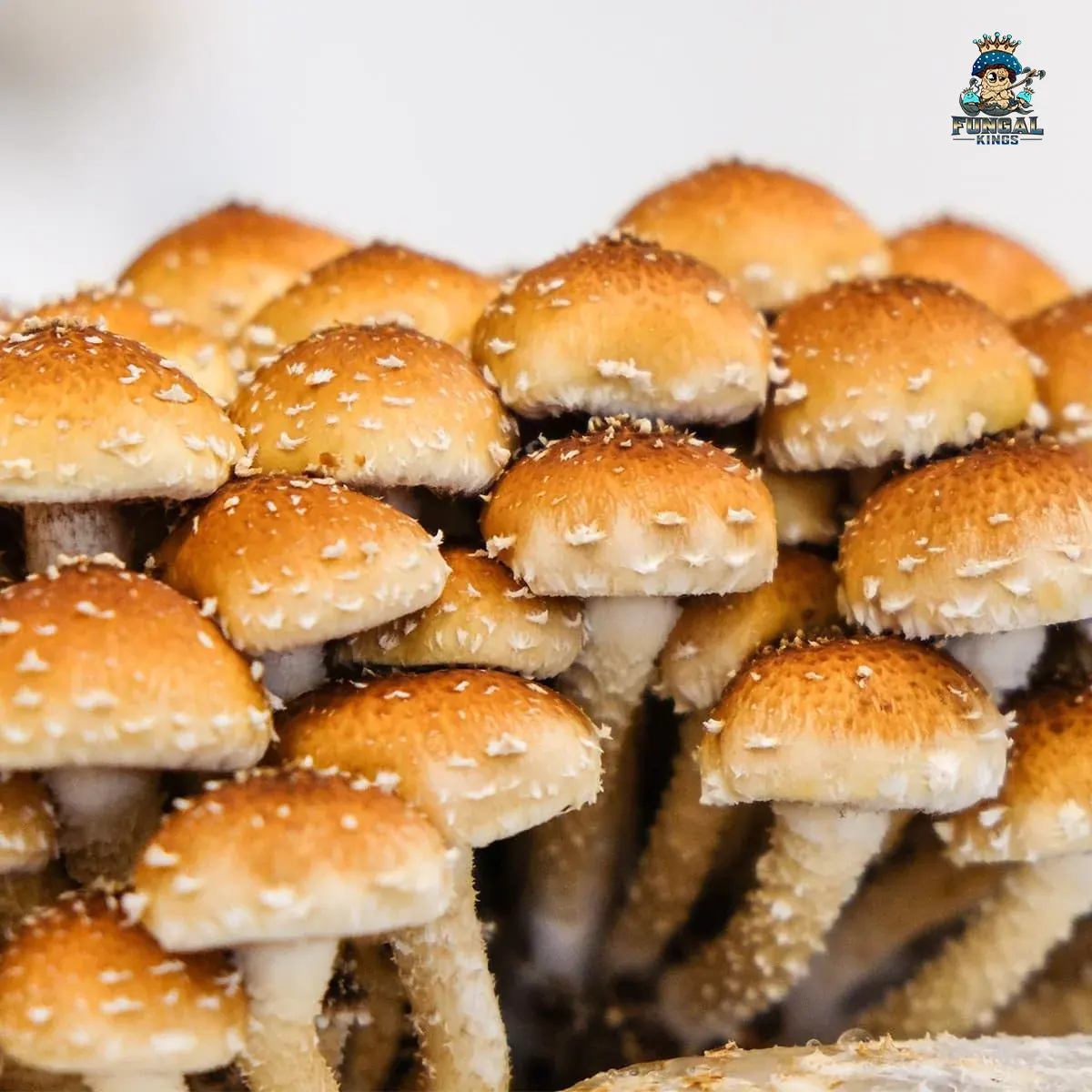Table of Contents
What Are Chestnut Mushrooms?

Chestnut mushrooms, also referred to as cremini or baby bella, are an edible variety renowned for their earthy and nutty taste. This delectable fungus has long been cultivated and enjoyed as a culinary ingredient across various cultures around the world.
Chestnut mushrooms were first cultivated in Europe and have been used for centuries in cooking. Nowadays, they can be found around the world including the United States, France, Italy and China; with particular popularity in Italy where they’re featured prominently in traditional dishes like pasta sauces, stews and risottos.
Chestnut mushrooms are incredibly versatile, capable of being used in a range of cooking techniques from sauteing to roasting and grilling. Their meaty texture makes them ideal for vegetarian and vegan dishes while their savory umami taste adds depth and flavor.
When sautéed, chestnut mushrooms have an irresistibly meaty taste that works great as an addition to soups, sauces and stir-fries. Furthermore, chestnut mushrooms can also be grilled, roasted or baked to bring out their nutty and earthy flavors – making them an excellent side dish or appetizer choice.
Chestnut mushrooms are highly nutritional, offering a great source of protein, fiber, vitamins, and minerals. Furthermore, they’re low in calories, fat-free, and cholesterol-free – making them an ideal option for those watching their weight.
How Can You Benefit From Chestnut Mushrooms?
Chestnut mushrooms are an incredibly delicious and nutritious ingredient that has become increasingly popular in modern cuisines. Their versatility makes them great for adding depth of flavor to dishes as well as enjoying them simply for their health benefits – chestnut mushrooms make a delicious and nutritious choice!
Where Can You Purchase Chestnut Mushrooms?
Chestnut mushrooms can be purchased as either liquid culture or spores to grow them at home. Not only are they easy to cultivate, but the results are absolutely delicious too!
What You Should Know About Liquid Mushroom Cultures
Related: Everything you Need to Know about liquid mushroom cultures.
Grow chestnut mushrooms at Home!
Growing chestnut mushrooms (Agaricus bisporus) is a multi-step process that includes:
Spawn Production: Chestnut mushroom spawn is produced by inoculating sterilized grain with the mycelium of the mushroom.
This serves as food for the mycelium to grow and multiply on. This step requires around 2-3 weeks, during which temperatures should remain between 75-85degF and relative humidity at 85-90%.
Substrate Preparation
The substrate is the material on which mushrooms will grow. For chestnut mushrooms, this commonly includes a mixture of sterilized wheat straw and horse manure; the wheat straw provides structure while the horse manure provides nutrients.
Prior to seeding your mushrooms, make sure the substrate has been pasteurized to eliminate competing microorganisms and create an ideal environment for their mycelium to colonize.
Inoculation
In this step, spawn is mixed into the substrate and placed into bags. Once sealed, they are incubated at 68-72degF with relative humidity between 85-90% for 2-3 weeks at this temperature/humidity combination. During this time, mycelium will colonize and spread throughout the substrate.
Casing
Once the substrate has been thoroughly colonized, a layer of casing material such as peat moss is added on top to create an optimal environment for mushroom fruiting bodies by creating high relative humidity around the substrate and providing water sources for the mushrooms to draw from.
Fruiting
This is the stage when mushrooms begin to form and break through their casing. For optimal fruiting conditions, temperatures should remain between 55-60 degrees Fahrenheit and relative humidity at 85-90%. This period typically lasts 2-4 weeks.
Harvesting and Maintenance
Mushrooms are ready for harvest when their caps have opened and their gills have become visible. Picking should be done manually with a sharp knife, leaving the substrate undamaged.
After picking has been completed, check for signs of contamination on the substrate; take necessary steps to control it. Proper air circulation and humidity management are other essential aspects in maintaining an optimal crop of mushrooms.
It is essential to note that growing mushrooms requires a controlled environment, sterilization techniques and meticulous attention to detail for successful results. If you are new to growing mushrooms, it may be best to start with an established kit or seek guidance from more knowledgeable growers.
Chestnut Mushroom Soup Recipe

Here’s a classic chestnut soup recipe that’s both easy to make and delicious:
Ingredients:
- 1 lb. fresh chestnuts, peeled and chopped
- 1 medium onion, chopped
- 2 stalks celery, chopped
- 2 cloves garlic, minced
- 4 cups chicken or vegetable broth
- 1 cup heavy cream
- Salt and pepper to taste
- 2 tbsp. butter
- Fresh parsley or chives for garnish (optional)
Instructions:
- In a large pot, melt the butter over medium heat. Add the onion, celery, and garlic and cook until softened, about 5 minutes.
- Add the chopped chestnuts and cook for another 2 minutes.
- Pour in the broth and bring to a boil. Then reduce heat to low, cover the pot, and let the soup simmer for 20-30 minutes or until the chestnuts are tender.
- Use an immersion blender or transfer the soup to a blender to purée until smooth.
- Return the puréed soup to the pot and stir in the heavy cream. Season with salt and pepper to taste.
- Reheat the soup over medium heat until warmed through. Serve with a sprinkle of chopped fresh parsley or chives, if desired.
Enjoy!

